#humanitat
Explore tagged Tumblr posts
Text

Enterrament neandertal.
#art#pintura#Neandertal#enterrament#funeral#prehistòria#Paleolític#Edat de glaç#funerari#atàvic#antediluvià#ésser humà#humanitat
2 notes
·
View notes
Text
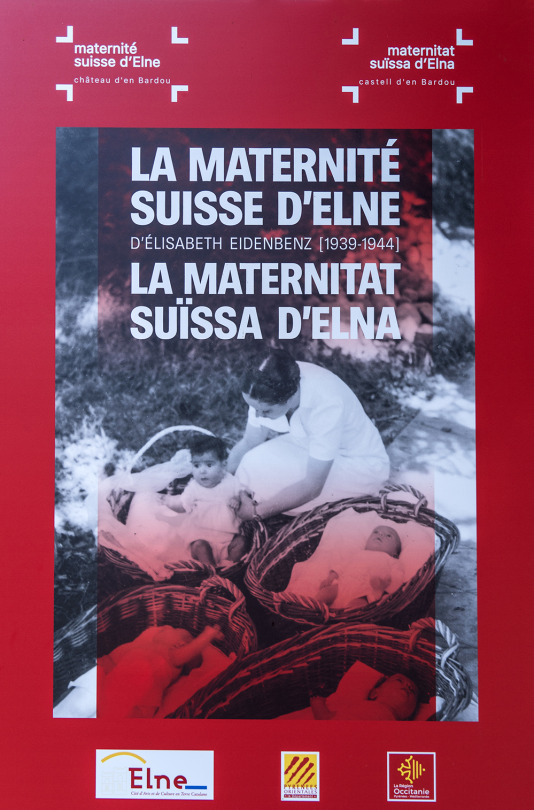
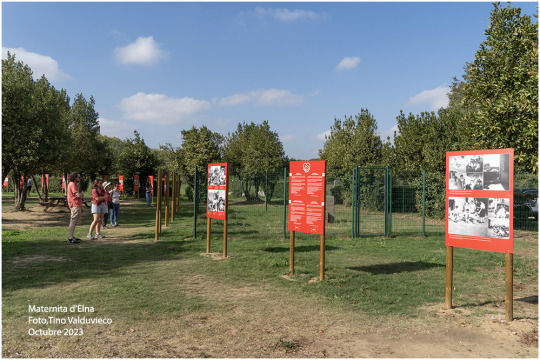
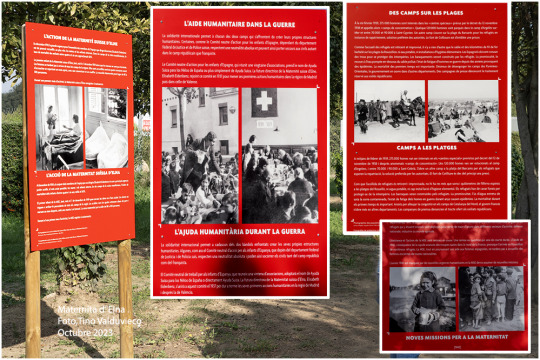
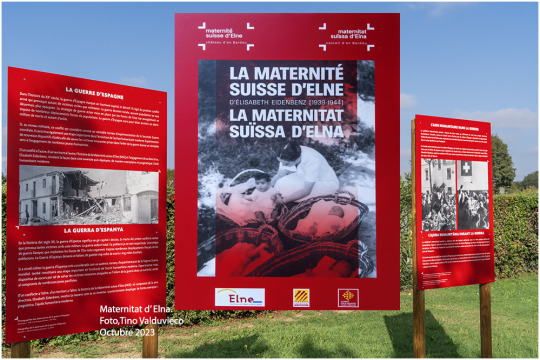
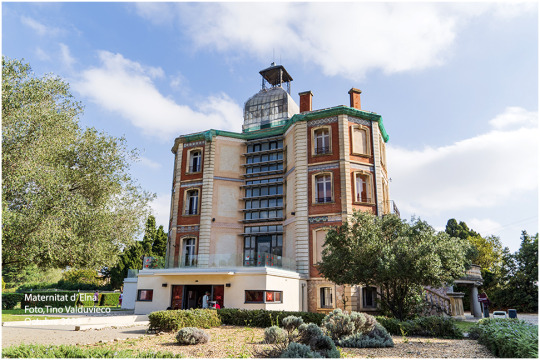
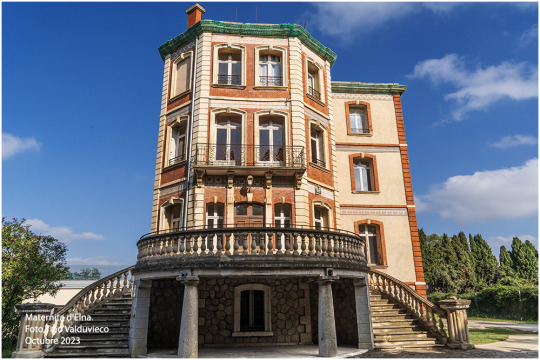
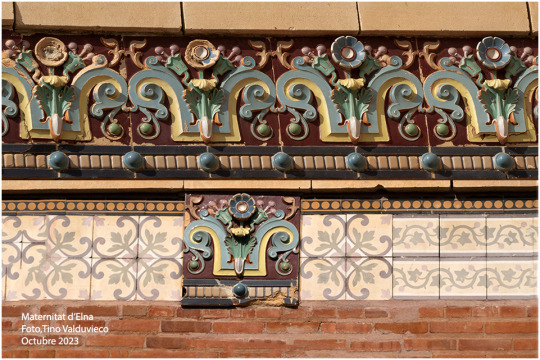
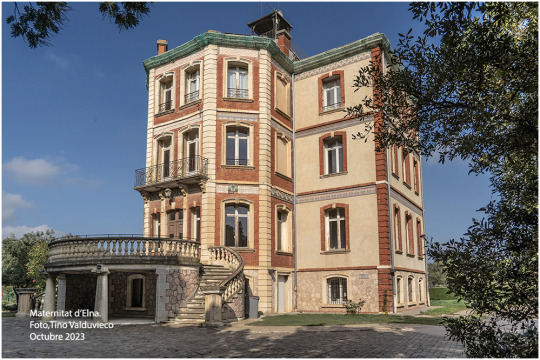
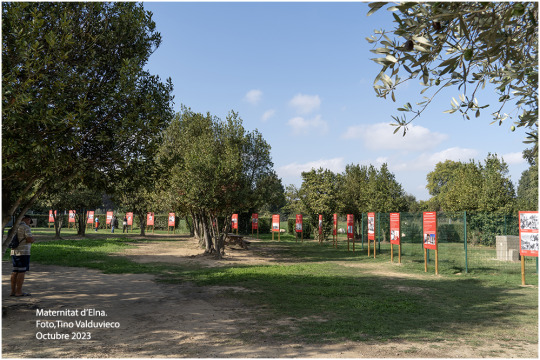
Maternitat d'Elna 1938 .Roselló .
Elna .Octubre 2023
©Tino Valduvieco
0 notes
Photo
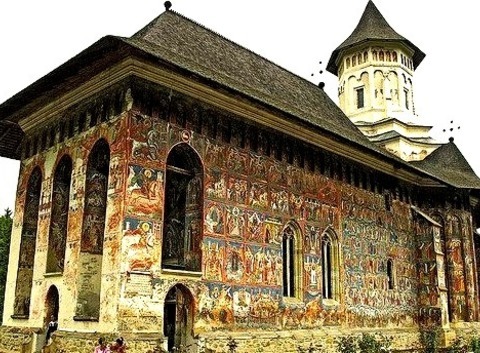
Moldovita monastery, a Unesco Heritage Site in Bucovina, Romania
0 notes
Photo
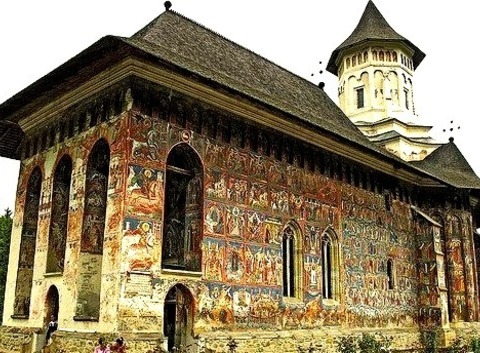
Moldovita monastery, a Unesco Heritage Site in Bucovina, Romania
0 notes
Text
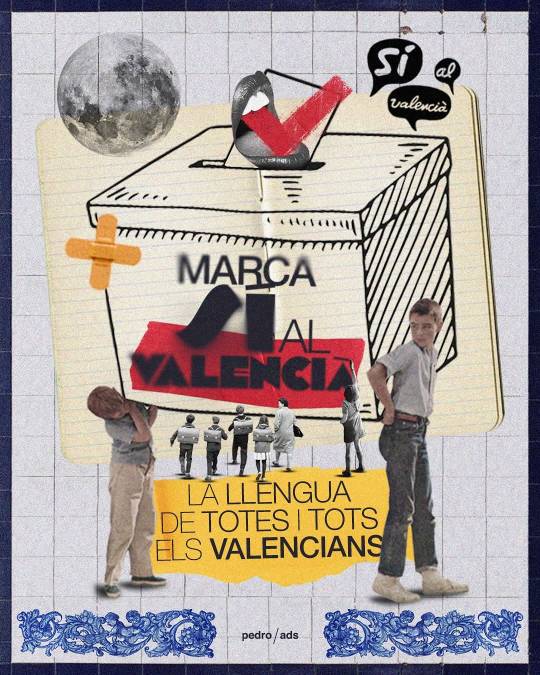




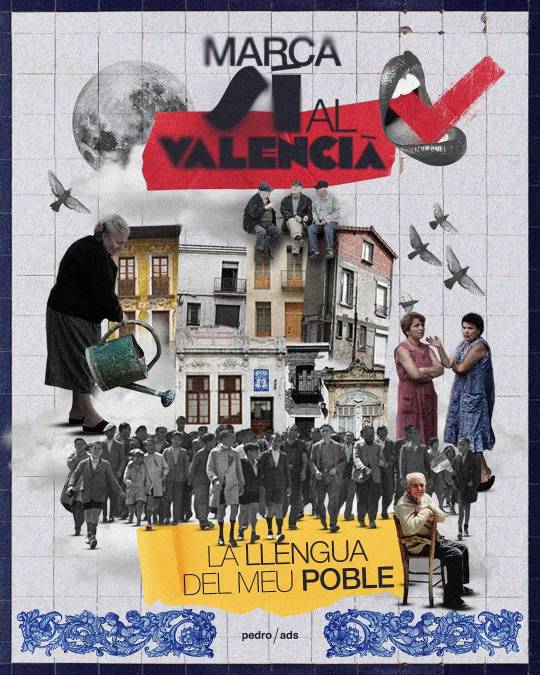



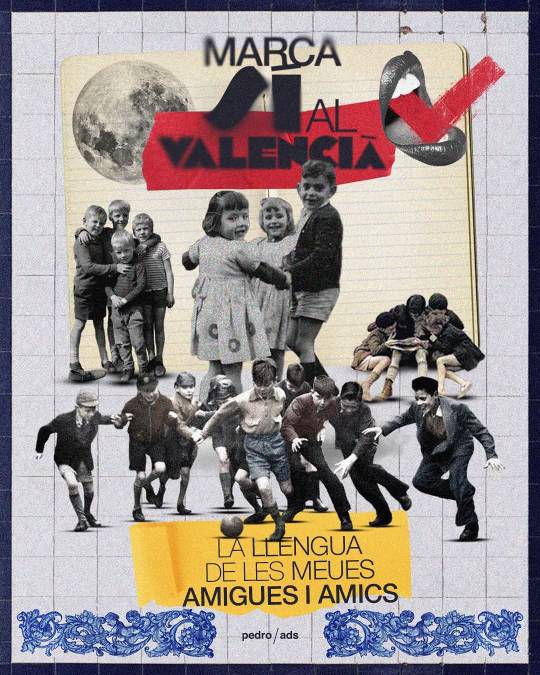
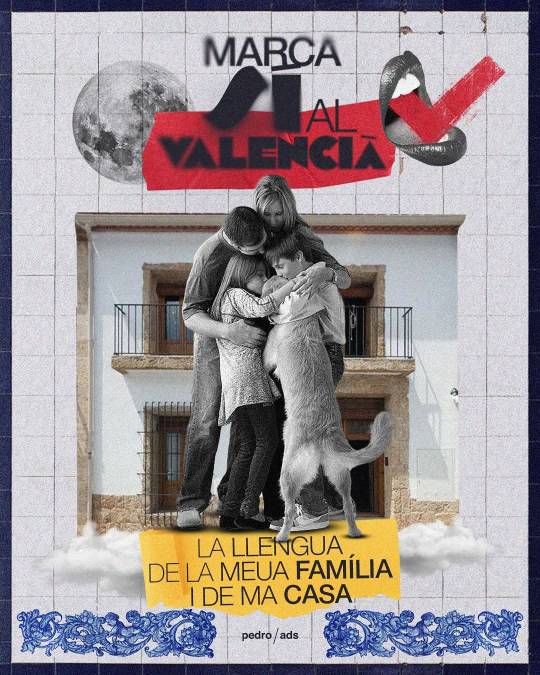



Il·lustracions de Pedro / ads.
Marca sí al valencià!
Entre el 25 de febrer i el 3 de març, les famílies de les escoles valencianes hauran de votar per triar en quina llengua s'escolaritzarà a la seua escola. Pel futur dels nostres infants, marquem sí al valencià!
Perquè és la llengua que ens permet entendre el nostre entorn, el lloc on ens hem criat, la nostra cultura, la nostra història, perquè és la llengua pròpia del País Valencià, perquè sigui d'on sigui que vens i sigui quina sigui la llengua que parleu a casa puguem formar part d'una comunitat i tenir les mateixes oportunitats, perquè els infants de famílies nouvingudes tinguin l'oportunitat de no quedar-se per sempre com a "estrangers" exclosos de la cultura local, perquè el castellà s'aprèn igualment però el valencià no, perquè ens dona oportunitats laborals, perquè és la llengua del teixit associatiu valencià, perquè ens permet accedir a la riquíssima literatura i música valencianes, perquè créixer com a bilingüe actiu ens dona avantatges cognitius i millor salut cerebral, perquè fa que el nostre cervell tingui més fàcil aprendre noves llengües al futur, perquè ens permet entendre molt més les altres llengües romàniques, perquè és una llengua que ha estat reprimida amb la força per dictadures i altres règims però resisteix gràcies als seus parlants, per no acabar-li nosaltres la feina a Franco, perquè és una consulta que no havien demanat ni les escoles ni les famílies sinó que el govern PP+Vox se l'ha tret de la màniga únicament per afeblir el valencià, perquè és just que els infants valencians puguin estudiar en la llengua pròpia del lloc on viuen, perquè és un dret reconegut per la ONU, perquè el valencià en totes les seves variants dialectals forma part de la riquesa lingüística i cultural de la Humanitat, perquè no ens podem permetre perdre una generació de parlants, perquè estimar la llengua és estimar la terra.
Tens infants que van a escola o coneixes algú que en tingui? Ara és el moment de parlar-ne i assegurar el futur del valencià a l'escola i, en conseqüència, en les generacions futures.
Sí al valencià.
#actualitat#país valencià#valencià#coses de la terra#educació#llengua valenciana#llengua catalana#comunitat valenciana#sí al valencià
71 notes
·
View notes
Text

L'art ens fa vius, treballem més que mai On-line ja que no podem trencar la tasca feta i la que queda per fer, en el nou moment de la humanitat. En temps confusos com els actuals resistim amb tota la força de l'esperit, per apropar la humana creació espiritual de l’art. Art avui tan necessari per el benestar emocional en aquest temps tan confusos.
3 notes
·
View notes
Text
A vegades penso que a la humanitat li agrada pagar per qualsevol cosa encara que sigui una merda, que podria aconseguir gratis....o pagant però tot de manera legal ,i ben fet ( almenys el 99% de les coses).
Posaria exemples però en termes generals seria : Llibre, CC, insults .....

5 notes
·
View notes
Text
instagram
Anoni Tàpies / Expo Quina humanitat. Museu Nacional -MNAC. Barcelona
6 notes
·
View notes
Text
Bundeshaus
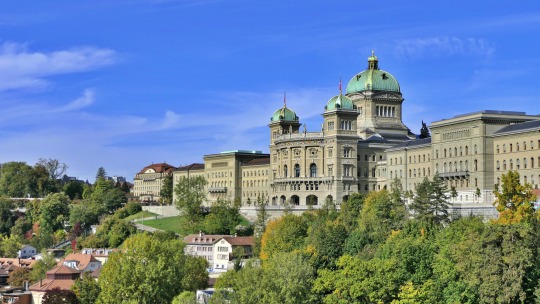
El Bundeshaus (Palau federal) és un edifici institucional ubicat a la ciutat de Berna, la capital de Suïssa. Com a estat federal, rep el seu nom no només en alemany, sinó també en les altres llengües oficials del país: Palais fédéral, en francès; Palazzo federale, en italià; i Chasa federala, en romanx, tot I que fins i tot té el seu nom en llatí: Curia Confoederationis Helveticae.
És un majestuós edifici que alberga la seu del Govern federal suís i és un símbol important de la política i la democràcia al país. El Bundeshaus es troba al nucli antic de Berna, ciutat declarada Patrimoni de la Humanitat per la UNESCO per la seva arquitectura medieval ben conservada i la seva importància històrica.
Fou dissenyat per l'arquitecte suís Hans Wilhelm Auer i es va construir en diverses etapes al llarg del segle XIX. L'edifici està format per tres ales principals: l'ala oest, l'ala est i l'edifici central. L’edifici acull el Consell dels Estats i el Consell Nacional, les dues cambres del Parlament. L'edifici central conté la sala de reunions del Consell Federal, el Govern executiu suís i altres oficines governamentals.
L'arquitectura del Bundeshaus és d’estil neorenaixentista. La façana està adornada amb escultures, relleus i detalls decoratius que fan referència a la història i els valors suïssos. La cúpula central és un element distintiu de l'edifici i es pot veure des de diverses parts de la ciutat.
A l'interior, l’edifici és igualment impressionant. La sala del Consell Nacional és una de les estances més notables, amb una decoració detallada. La sala del Consell dels Estats també és un espai impressionant, i les dues cambres legislatives hi cel·lebren respectivament les seves sessions.
A més de la importància política i arquitectònica, el Bundeshaus també és un lloc d'interès turístic. Ofereix visites guiades que permeten als visitants explorar els passadissos, aprendre sobre la història política de Suïssa i admirar la bellesa del seu disseny. L'edifici també acull una botiga de regals i un restaurant, cosa que el converteix en un lloc atractiu per als turistes i els ciutadans suïssos per igual.
El Bundeshaus és el símbol de l'estabilitat i de la democràcia que caracteritzen Suïssa, un país reconegut pel seu sistema polític federal i la seva neutralitat en afers internacionals.
3 notes
·
View notes
Text
#UnAnyDAutores: Coneixent l'Elisenda Solsona
#UnAnyDAutores: Coneixent l'Elisenda Solsona
L’Elisenda és natural d’Olessa de Montserrat, escriptora i professora de secundària. És llicenciada en Humanitats i Comunicació Audiovisual i té un màster en Escriptura Cinematografica. Contes per al (des)confinament Durant la primavera del 2020, a causa de la crisi sanitària provocada per la COVID-19, les llibreries han restat tancades, i les novetats literàries, com les persones, s’han vist…

View On WordPress
3 notes
·
View notes
Text

Records d'Hiperborea.
#art#pintura#Hiperborea#Hiperbòria#hiperboreu#història mítica#mitologia#deïtat#Primera humanitat#Edat daurada#Edat d'or#Europa atàvica#esotèric#esoterisme#mitologia europea#Vsévolod Ivànov
95 notes
·
View notes
Text
El misteriós poble turc on la majoria neixen sords i muts que pot ser un advertiment a la humanitat
Rodrigo Mendoza González / heraldodemexico.com.mx hurriyet.com.tr La majoria dels habitants d’un poble aïllat a Turquia viuen sense sentir ni poder parlar, ja que els nadons que neixen a la regió també presenten les mateixes capacitats diferents, una situació que té desconcertada la comunitat, ja que no saben l’origen de les discapacitats. Es tracta de la localitat de Gökkova, situada a uns…
0 notes
Text

Ciència i coneixement
Hi ha algú, allà fora?
Cercant vida entre la buidor i el silenci de l'univers
19,90€
Joan Anton Català Amigó
2a edició
Una mirada científica, rigorosa i amena sobre la fascinant cerca de vida no terrestre.
T’imagines el dia en què es descobreixi vida fora de la Terra? Certificar que la vida no pot ser propietat exclusiva del nostre planeta serà un dels moments més importants de la història de la humanitat. I gràcies als avenços científics de les últimes dècades, ara ens podríem trobar, per primer cop, a les portes d’aquesta troballa. Potser sigui a Mart, o en alguna lluna de Júpiter o de Saturn, o en un dels milers d’exoplanetes que coneixem.
Com seran els primers microorganismes extraterrestres que descobrirem? Estaran fets amb els mateixos ingredients que a la Terra? Com els estem cercant?
I t’imagines el dia en què rebrem un senyal provinent d’una altra civilització? Aquesta sí que serà una revolució: la confirmació que no hem estat sols en aquest univers. Una fita extraordinària que podria tenir lloc més aviat del que sospitem.
Com serà la civilització que detectarem? Existirà encara? Sabrem interpretar el seu missatge? Com l’estem cercant?
Hi ha algú, allà fora? - La Finestra Lectora
Llibres – Joan Anton Català
0 notes
Text
Manifest commemoratiu del Dia Internacional en Memòria de les Víctimes de l'Holocaust
27 de gener del 2025, 80è aniversari Avui, 80è aniversari de l’Holocaust, és una bona oportunitat per honorar la memòria de les seves víctimes i recordar un dels episodis més foscos de la història de la humanitat. Sis milions de persones jueves, juntament amb centenars de milers de persones gitanes, presos polítics, persones amb discapacitat, persones LGTBI i altres col·lectius van ser…

View On WordPress
0 notes
Text

Avui és Nadal. Capitell del claustre del Reial Monestir de Sant Cugat una obra d'art del S. XII. L'art és una expressió profunda de la humanitat, una finestra al nostre interior i una forma de connectar amb els altres. Ens acompanya en el dia a dia, uneix el art local i l'universal, recordant-nos qui som i on anem.
0 notes
Text
Zámek Lednice
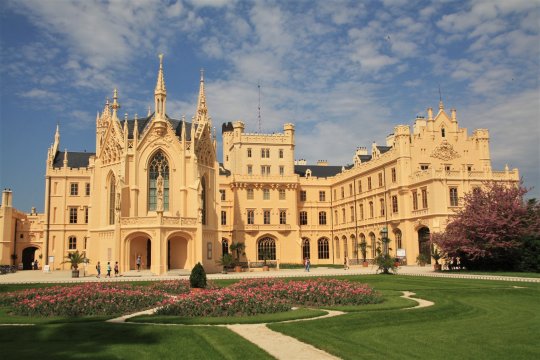
El castell de Zámek Lednice, ubicat a la regió de Moràvia del Sud, a l'actual República Txeca, és una joia arquitectònica i cultural que ha deixat una marca inesborrable a la història de la regió. Aquest majestuós castell, declarat Patrimoni de la Humanitat per la UNESCO, es destaca per la seva impressionant arquitectura, els seus jardins exuberants i la seva rica història.
El castell té el seu origen al segle XIII, quan es va construir una fortalesa gòtica al seu emplaçament. Tot i això, l'aparença actual del castell és el resultat de diverses renovacions i expansions al llarg dels segles, que han combinat una barreja d'estils arquitectònics. Durant el Renaixement, el castell va adquirir elements de l'època, i més tard, al segle XIX, va experimentar una transformació significativa sota la influència del romanticisme.
Un dels aspectes més notables del castell és la seva arquitectura neogòtica, que li confereix una aparença de conte de fades. Les altes torres punxegudes, els balcons ornamentats i els detalls intricats creen una estampa impressionant. La façana del castell reflecteix la riquesa de la història europea i serveix com a testimoni visual de les diverses èpoques que ha experimentat.
No obstant, la grandesa de Zámek Lednice no es limita només a la seva estructura principal. Els vasts terrenys que envolten el castell són igualment impressionants. El parc paisatgístic, dissenyat al segle XIX, s'estén al llarg de quilòmetres i hi ha un llac, nombrosos ponts i pavellons decorats. Els visitants poden passejar per avingudes ombrejades, explorar jardins ornamentals i meravellar-se amb l'arquitectura dels edificis annexos.
Un dels punts destacats del parc és el minaret de Lednice, una estructura sorprenent que sembla transportar els visitants a terres llunyanes. Construït en un estil orientalista, aquest minaret va ser erigit com un homenatge als viatges exòtics del propietari del castell al segle XIX. La vista panoràmica des del cim del minaret ofereix una vista espectacular del paisatge circumdant.
La història de Zámek Lednice està estretament vinculada a la família dels Liechtenstein, que posseïa i va transformar el castell al llarg dels segles. La seva contribució a l'evolució del castell i els voltants ha deixat un llegat perdurable que es pot explorar a través d'exposicions i recorreguts. El castell ha passat per diverses mans al llarg dels anys, però la seva importància històrica i cultural ha persistit, convertint-lo en una destinació turística popular.
2 notes
·
View notes